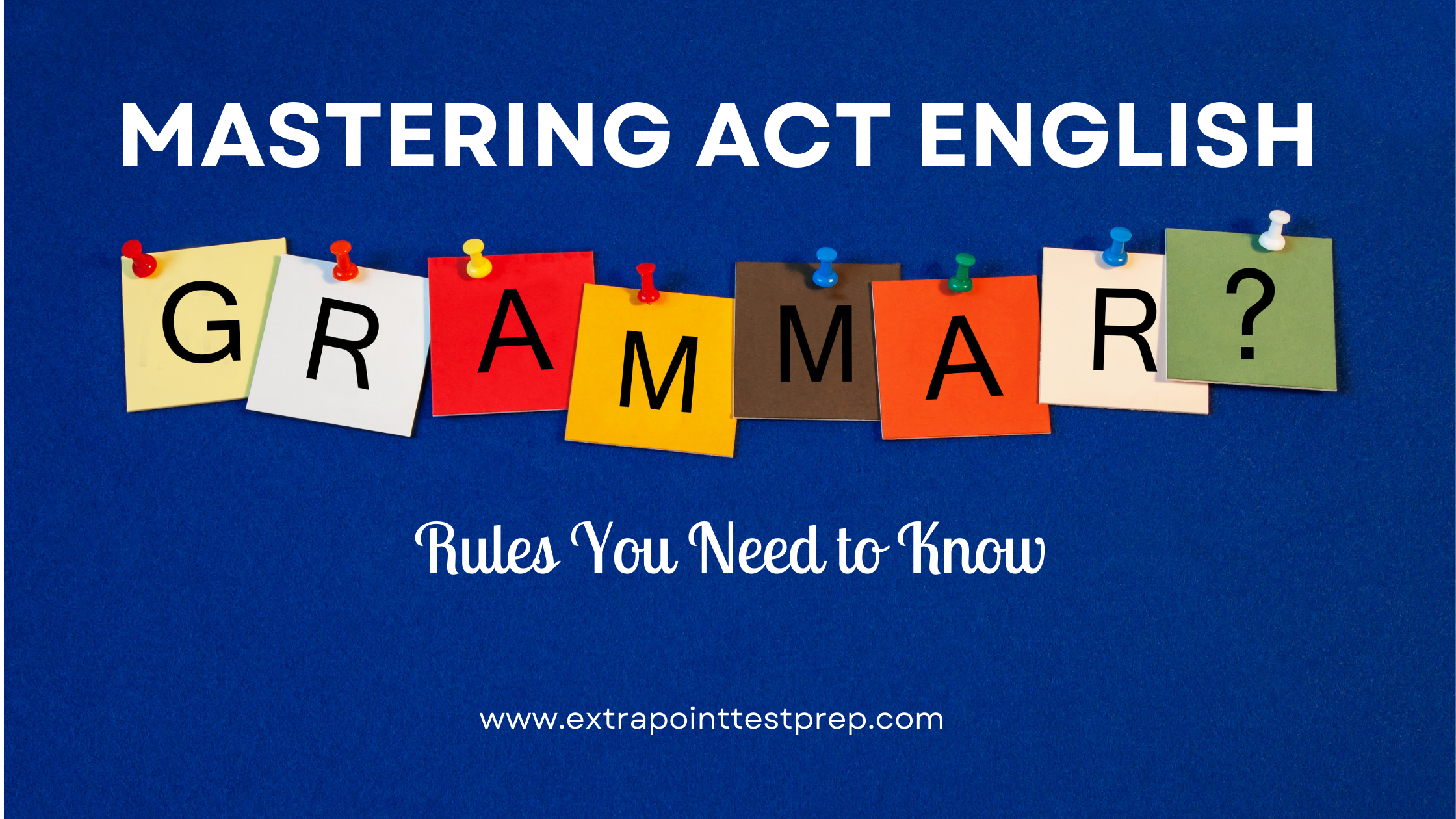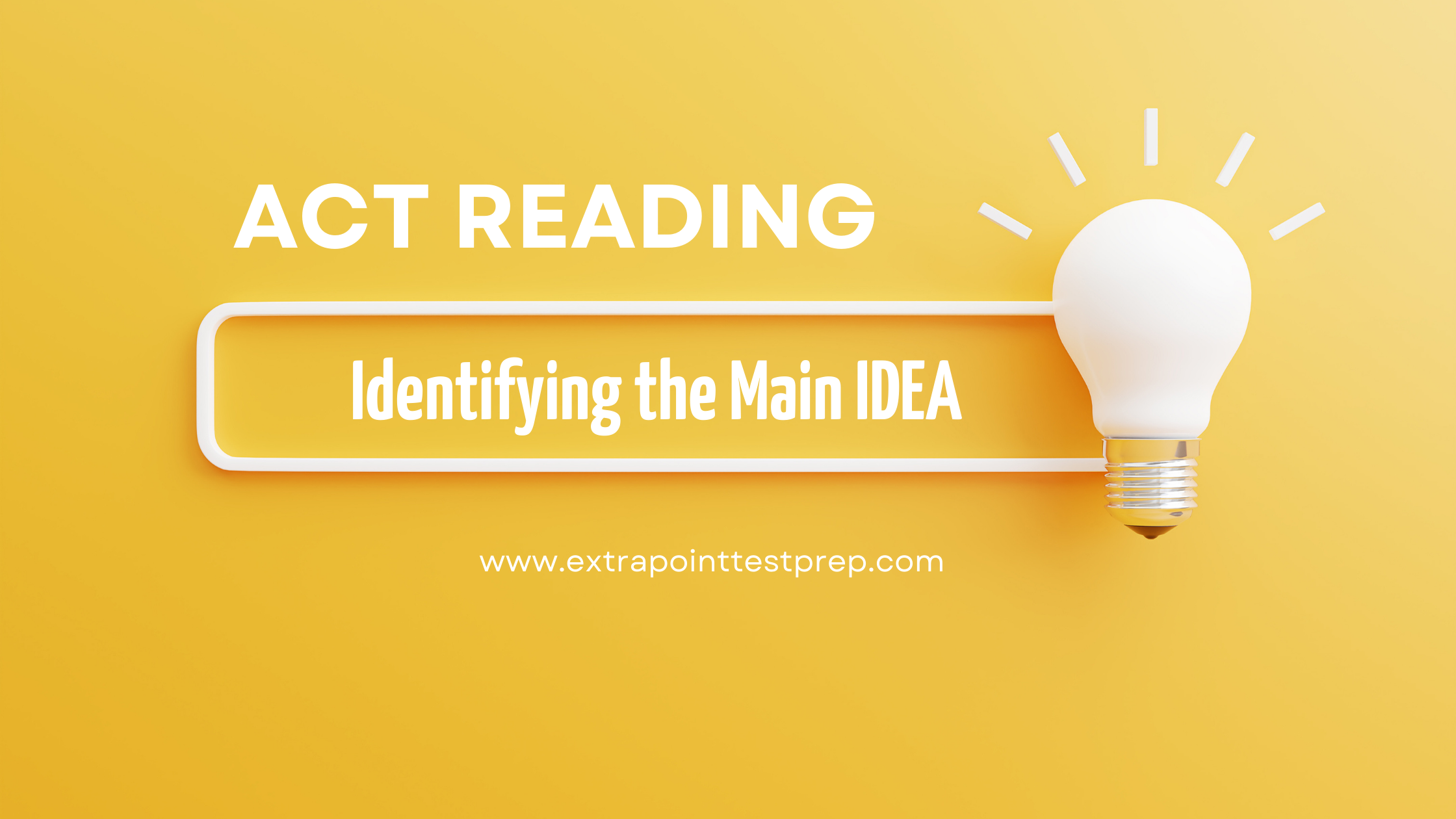The English section of the ACT tests your understanding of essential grammar rules, which are critical for effective communication. A solid grasp of these rules can significantly boost your score. Here’s a comprehensive guide to the grammar rules you need to know to ace the ACT.
1. Subject-Verb Agreement
Rule: The subject and verb in a sentence must agree in number (singular or plural).
Example:
- Incorrect: The list of items are on the desk.
- Correct: The list of items is on the desk.
Tip: Identify the main subject of the sentence and ensure the verb matches in number.
2. Pronoun-Antecedent Agreement
Rule: Pronouns must agree with their antecedents in number and gender.
Example:
- Incorrect: Each of the students must bring their own lunch.
- Correct: Each of the students must bring his or her own lunch.
Tip: Determine the antecedent of the pronoun and ensure the pronoun matches in number and gender.
3. Pronoun Case
Rule: Use the correct pronoun case (subjective, objective, or possessive) depending on the pronoun’s role in the sentence.
Example:
- Incorrect: Me and him went to the store.
- Correct: He and I went to the store.
Tip: Separate the pronouns to see if the sentence makes sense with each one individually (e.g., “Me went to the store” vs. “I went to the store”).
4. Modifiers
Rule: Place modifiers as close as possible to the words they modify to avoid confusion or ambiguity.
Example:
- Incorrect: She almost drove her kids to school every day.
- Correct: She drove her kids to school almost every day.
Tip: Ensure that the modifier clearly refers to the correct word or phrase in the sentence.
5. Parallel Structure
Rule: Use parallel structure to maintain consistency in lists or comparisons.
Example:
- Incorrect: She likes hiking, to swim, and biking.
- Correct: She likes hiking, swimming, and biking.
Tip: Make sure all items in a list or comparison follow the same grammatical form.
6. Comma Usage
Rule: Use commas to separate items in a list, after introductory elements, before conjunctions in compound sentences, and to set off non-essential information.
Example:
- List: I bought apples, oranges, and bananas.
- Introductory Element: After the show, we went out for dinner.
- Compound Sentence: She wanted to go to the park, but it started raining.
- Non-Essential Information: My brother, who is a doctor, lives in New York.
Tip: Review common comma rules and practice applying them in different sentence structures.
7. Apostrophes
Rule: Use apostrophes to show possession or to form contractions.
Example:
- Possession: The dog’s leash is red. (singular) / The dogs’ park is open. (plural)
- Contraction: It’s going to rain today. (It is)
Tip: Double-check whether you’re indicating possession or forming a contraction to avoid confusion.
8. Sentence Fragments
Rule: Ensure that each sentence has a subject and a verb and expresses a complete thought.
Example:
- Incorrect: Because she was tired.
- Correct: She went to bed early because she was tired.
Tip: Read each sentence on its own to ensure it can stand alone as a complete thought.
9. Run-On Sentences and Comma Splices
Rule: Avoid run-on sentences and comma splices by using proper punctuation or conjunctions to separate independent clauses.
Example:
- Run-On: She loves to read she has many books.
- Comma Splice: She loves to read, she has many books.
- Correct: She loves to read, and she has many books. / She loves to read; she has many books.
Tip: Break long sentences into shorter ones or use semicolons, conjunctions, or periods to separate independent clauses.
10. Verb Tense Consistency
Rule: Maintain consistent verb tense within a sentence or connected sentences to clearly indicate the time of the action.
Example:
- Incorrect: She was running to the store and buys milk.
- Correct: She was running to the store and bought milk.
Tip: Check for shifts in verb tense and ensure they are logical and intentional.
Conclusion
Mastering these grammar rules is essential for performing well on the ACT English section. Regular practice and review of these rules can help you spot and correct errors more efficiently. With a solid understanding of subject-verb agreement, pronoun usage, modifiers, parallel structure, comma usage, apostrophes, sentence fragments, run-on sentences, and verb tense consistency, you’ll be well-equipped to tackle the ACT. Good luck!



